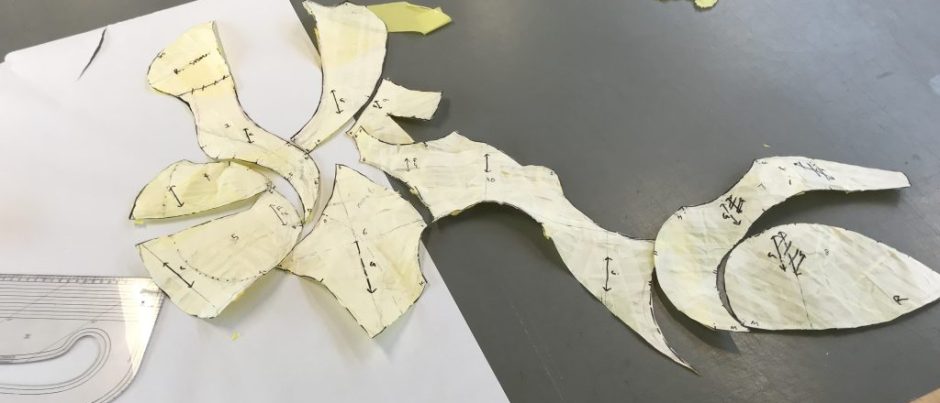Making personal reflective time and space is challenging within the unpredictable environment of my working situation. Although this is given some time and space within the framework of an annual Personal Review and Appraisal and Mid-Year Review at UAL, the more granular elements of my work and that of my immediate technical colleagues are left largely unconsidered.
The creation of dyadic reflective spaces (McKie, 2024) would help to provide valuable clarity, and offer me an opportunity for ‘helicopter vision’ (Thompson and Thompson, 2008). Some dyadic reflection happens organically between myself and my technical colleagues, however, we do not always overlap in our working hours, and this lack of contact leaves little space for more than a quick catch up of the most imminent, pressing matters. As Thompson and Thompson (2008) point out, this is more the reason to create space for reflection.
Regular, meaningful group reflection could potentially be built into the rhythm of the academic calendar by instigating a ritual of post-show, or end-of-term debriefs with my direct colleagues. However, to properly prepare for such a meetings, I would need to consider setting aside time, and potentially physically removing myself from the open access studio space in which I work, which may be difficult to achieve consistently. A more realistic and manageable approach may be to keep a reflective journal or blog, as I have been doing as part of the pg cert. Going forwards, I would be interested in finding a mentor to work with, to build in some more reflective space for my teaching practice, and interrogate my collaborative skills as a colleague in more depth.
(269 words)
References
McKie, A. (2024) ‘Reflect on this…or that? Enabling space for meaningful reflectivity in the creative arts’ [online seminar]. Postgraduate Certificate in Academic Practice: Theories, Policies and Practices. University of the Arts London. 14th February 2024.
Thompson, N. and Thompson, S. (2008) The Critically Reflective Practitioner. Great Britain: Bloomsbury. Pp.55-69.

